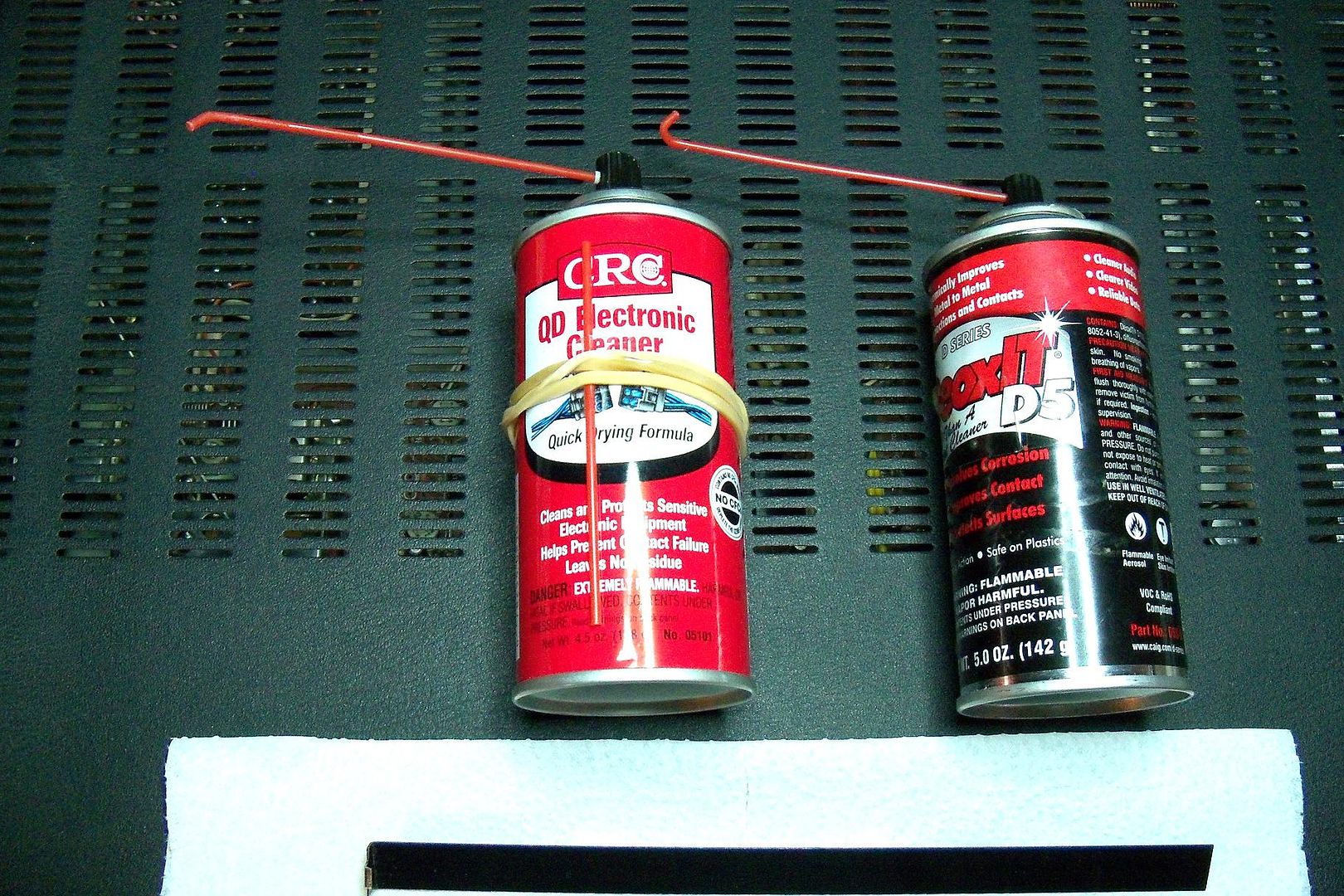Well, I think it is safe to say I screwed something up in the preamp circuitry, but I have no idea what it is or if I can fix it. The pre out into another good amp has the same problem. I unscrewed the volume control pot and as expected it had oil in it. I have had it open and drying for two days now. The first day it got a bit better, I could faintly hear the music at %50 vol, but now for some reason it has gone back to nothing until %100. If there are any more steps I can do to narrow down the problem I would like to try them. I am obsessed with finding out what I did to learn from it and because of a bit of OCD.
I was thinking of putting an external volume control in line with the cd out to use the amp section when I realized I already have one. The headphone out on the CD player. I assume it is the same quality as the line out in the back but with a volume control. It is ghetto but it does work. As I said I would like to continue trouble shooting if there are any more ideas.
In theory contact cleaner is non conductive, at least the ones I use. You could try a zero residue plastic safe cleaner. Not one with a lube. Something like this http://www.mcmelectronics.com/product/20-2315 or LPS also makes a good one.
Set it up on the side with the weight on the bottom on newspaper and clean it up. Working all the controls. Let it dry completely.
Do yourself a big favor if thinking of working on others. Build a dim bulb tester for the future.
Barney
This is probably your next step.



